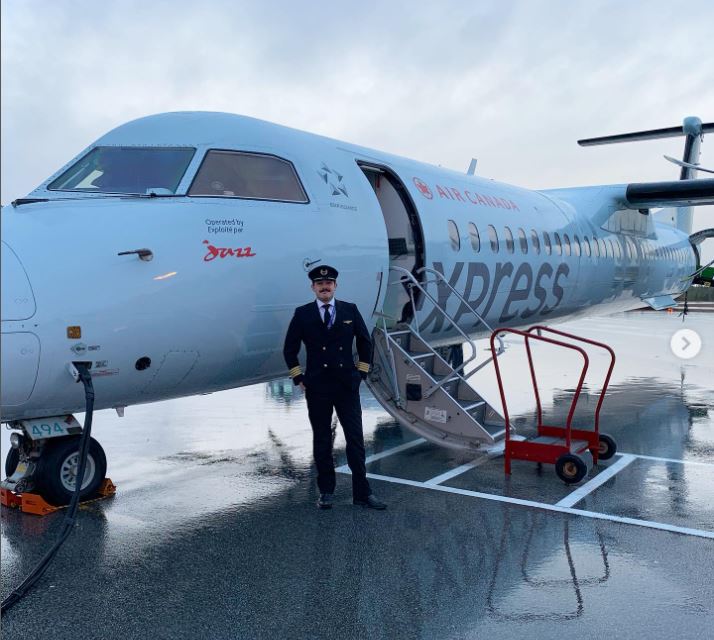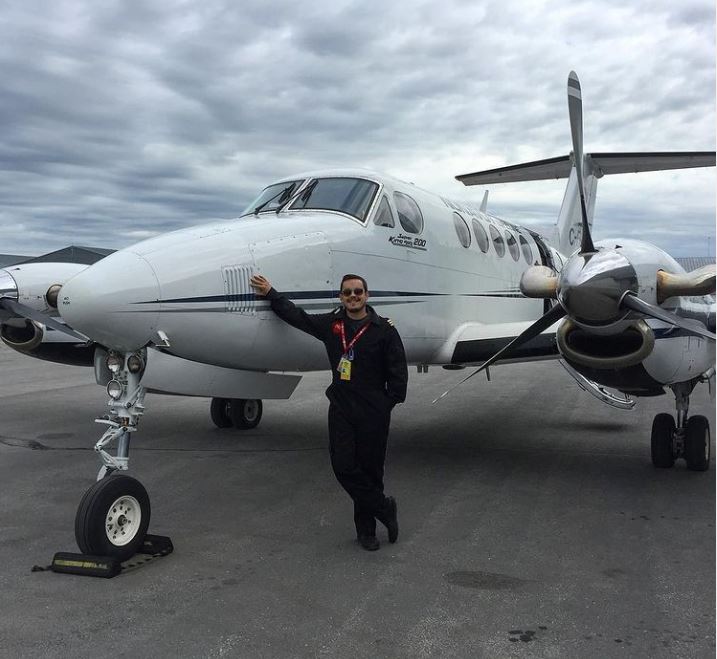
Come fly with me, or learn from my journey
LETHBRIDGE, AB – When the world was in the throes of COVID-19, many professions were impacted. Massive numbers of people were either overworked or out of work due to layoffs.
In the airline industry, hundreds of pilots were out of work because of reduced passenger volumes – some for as long as 18 months. With the lifting of many restrictions earlier this year, flights increased, and airports again filled with travellers. There were long line-ups in the boarding areas, mountains of misplaced luggage and heightened frustration over long waits for passport renewals.
However, one thing didn’t change – the commitment and training of the pilots. When you’re about to take a flight, do you ever wonder about who is in the cockpit? Who are the pilots, where did they come from and what led them to their profession?
Some commercial pilots have retired from the military. Others have honed their career through years of determination and private flight lessons to fulfill their passion for flying. One of those from the latter category is a young man from Lethbridge.






